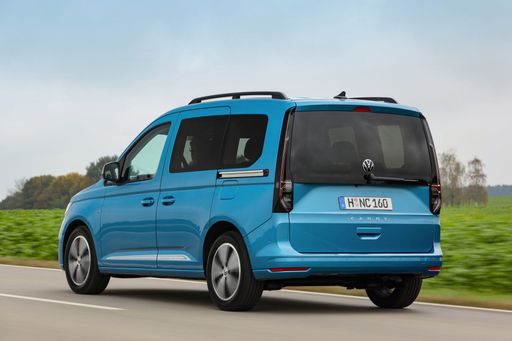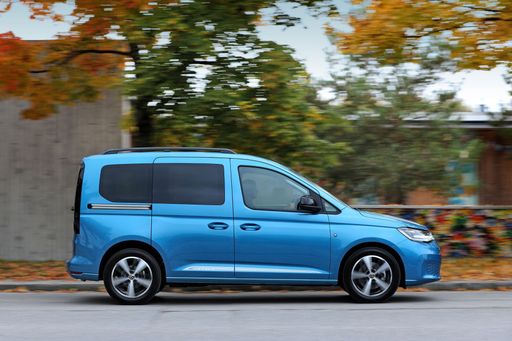Fiat Ducato vs VW Caddy: Battle of the Vans
In the world of commercial and personal utility vehicles, the Fiat Ducato and the VW Caddy stand out as two popular choices. Both these legendary vans offer a range of features that cater to different needs of businesses and individuals. In this article, we compare the technical aspects and innovations of the Fiat Ducato and the VW Caddy to help you make the best decision for your driving needs.




